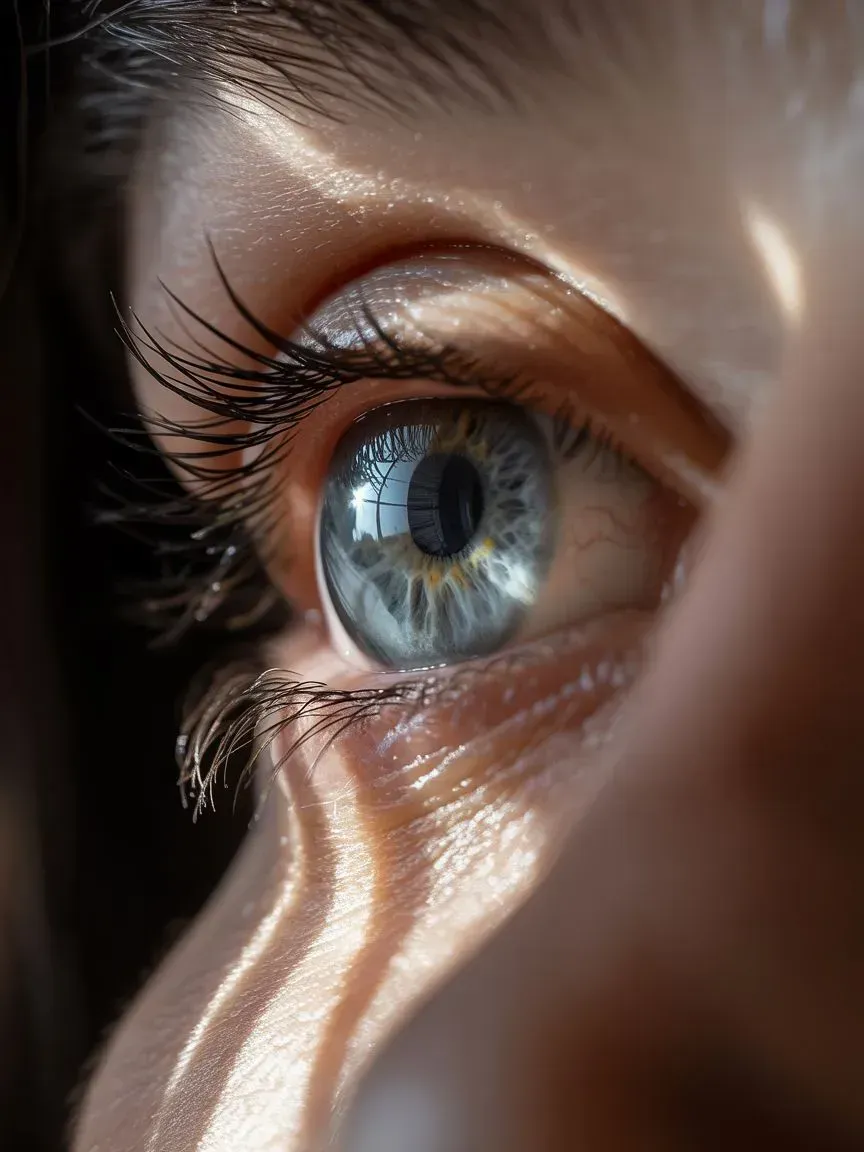
Something in Your Eye? Why DIY Removal Could Be a Big Mistake
Something in Your Eye? Why DIY Removal Could Be a Big Mistake
You feel it. A sharp sting. A foreign sensation. Maybe it’s a grain of sand, an eyelash, or even metal from a work incident.
Your first instinct? Rub your eye or grab tweezers.
Your best move? Stop. Immediately.
Removing a foreign object from your eye yourself might feel like a quick fix, but it can lead to serious damage—including infection, scratches, or even vision loss.
Let’s break down what to do, what not to do, and when to call your eye doctor.
What Counts as a “Foreign Object in the Eye”?
Anything that doesn’t belong inside or on your eye qualifies as a foreign object. Common culprits include:
Dust, sand, or dirt
Eyelashes or makeup particles
Metal or wood shavings (especially from construction or power tools)
Glass fragments from accidents
Insects or plant matter (yes, really)
Chemical debris or cleaning agents
Even tiny particles can cause corneal abrasions, infections, and long-term discomfort if not addressed properly.
What NOT to Do (Even If TikTok Says It's Okay)
❌ 1. Don’t rub your eye
This can push the object deeper or scratch the cornea.
❌ 2. Don’t use fingers, cotton swabs, or tweezers
You could cause more trauma or introduce bacteria.
❌ 3. Don’t wear contact lenses
They trap debris against the eye and slow healing.
❌ 4. Don’t use eye drops randomly
Redness-relief or allergy drops won’t remove debris and may irritate the injury.
What You Should Do Instead
✅ 1. Rinse with sterile saline
Use clean saline or artificial tears to flush the eye gently. If unavailable, use lukewarm bottled water—not tap water if possible.
✅ 2. Blink rapidly
Your tears may help dislodge small particles naturally.
✅ 3. Don’t force your eyelid open
Keep it closed until you can be seen by a professional.
✅ 4. Call your optometrist right away
If discomfort persists or you suspect something more serious—metal, chemical exposure, deep embedding—do not wait.
Signs the Object Is Still There (and You Need Help)
Persistent discomfort, tearing, or gritty sensation
Redness that worsens over time
Sensitivity to light
Blurry or distorted vision
Feeling like your eye is “scratched”
Swelling or discharge
⏱️ If any of these symptoms last more than a few hours—schedule an exam immediately.
How Eyes in Disguise Handles Eye Debris
At Eyes in Disguise, you’ll receive:
Slit-lamp examination to pinpoint the object’s exact location
Safe removal using sterile tools—without causing additional trauma
Prescriptions for antibiotic or anti-inflammatory drops
Follow-up care to prevent infection and ensure full recovery
Unlike urgent care clinics or ERs, we’re equipped with precision eye tools and the expertise to avoid further complications.
Why Elegant Care Matters in Eye Emergencies
Our clients are busy professionals who can’t afford complications—and don’t want to spend hours waiting in a crowded ER.
That’s why Dr. Michelle Blas and the Eyes in Disguise team provide same-day emergency care that’s:
Efficient
Elegant
Exacting
You get the care you need, with the style and service you deserve.
Got Something in Your Eye? Don’t DIY—Call Us.
Stop searching YouTube for a fix. Protect your sight—schedule a professional evaluation today.
Call: (415) 474-5321
Visit: Emergency Eye Care Page
FAQ: Foreign Objects in the Eye
Can I remove something from my eye at home?
Only if it's clearly superficial (like an eyelash) and you can blink it away or flush it gently. Otherwise, avoid DIY removal.
What happens if I leave something in my eye overnight?
It could lead to corneal damage, infection, or permanent scarring. Always seek care if symptoms persist.
Should I go to urgent care or an optometrist?
An optometrist is better equipped to handle eye-specific emergencies with precision tools and training. Avoid ERs unless the injury is life-threatening.
How do you safely remove a stuck object from the eye?
We use specialized magnification, sterile instruments, and precision technique to ensure safe removal—without worsening the injury.